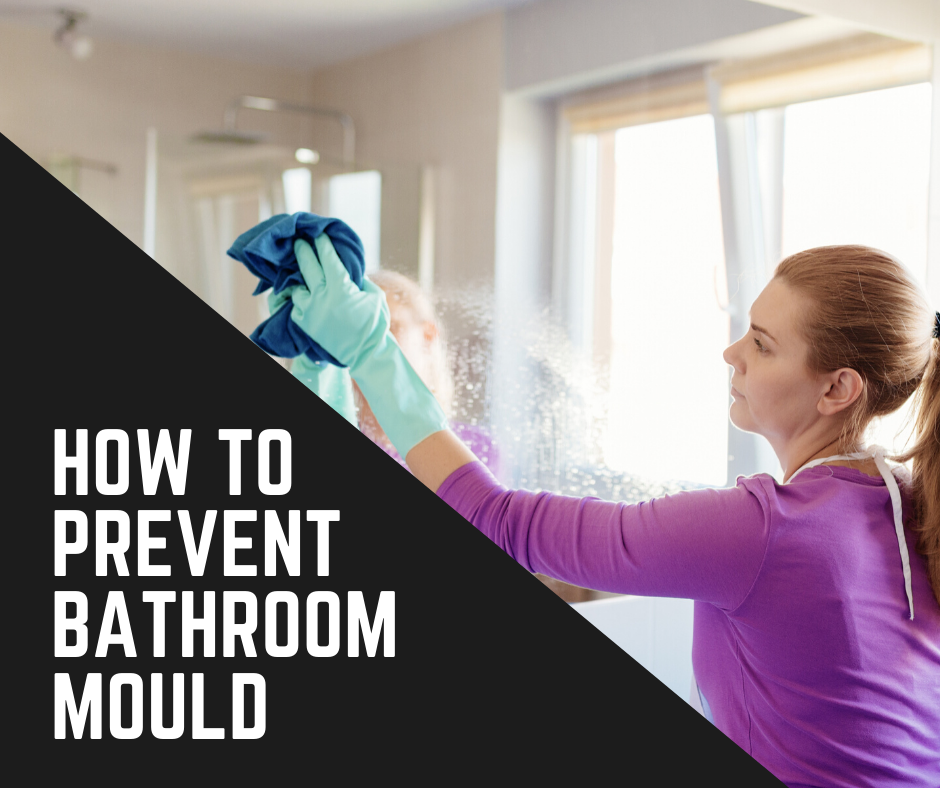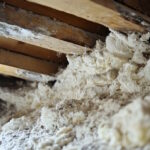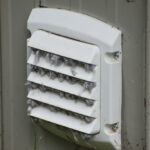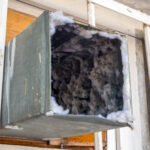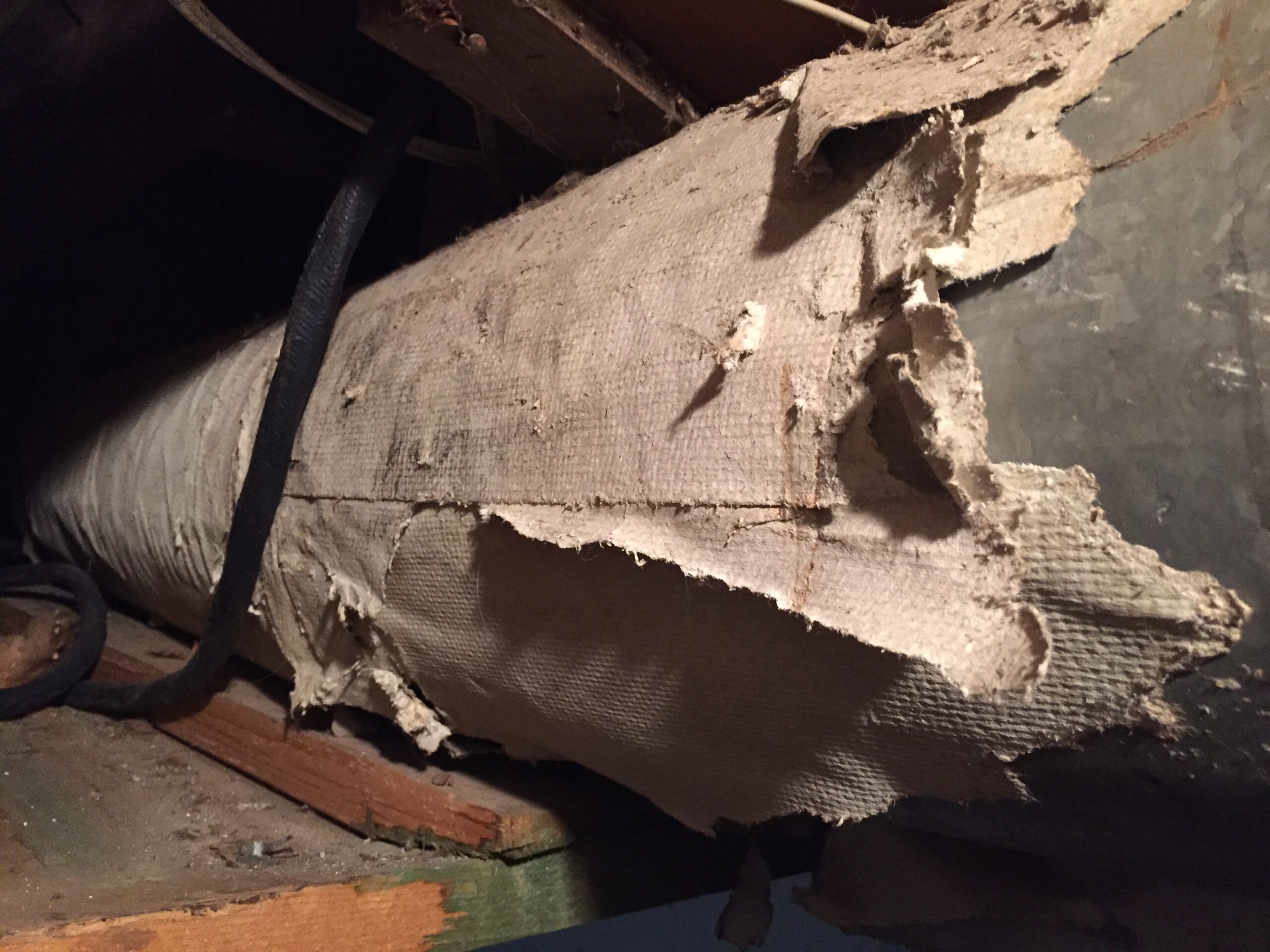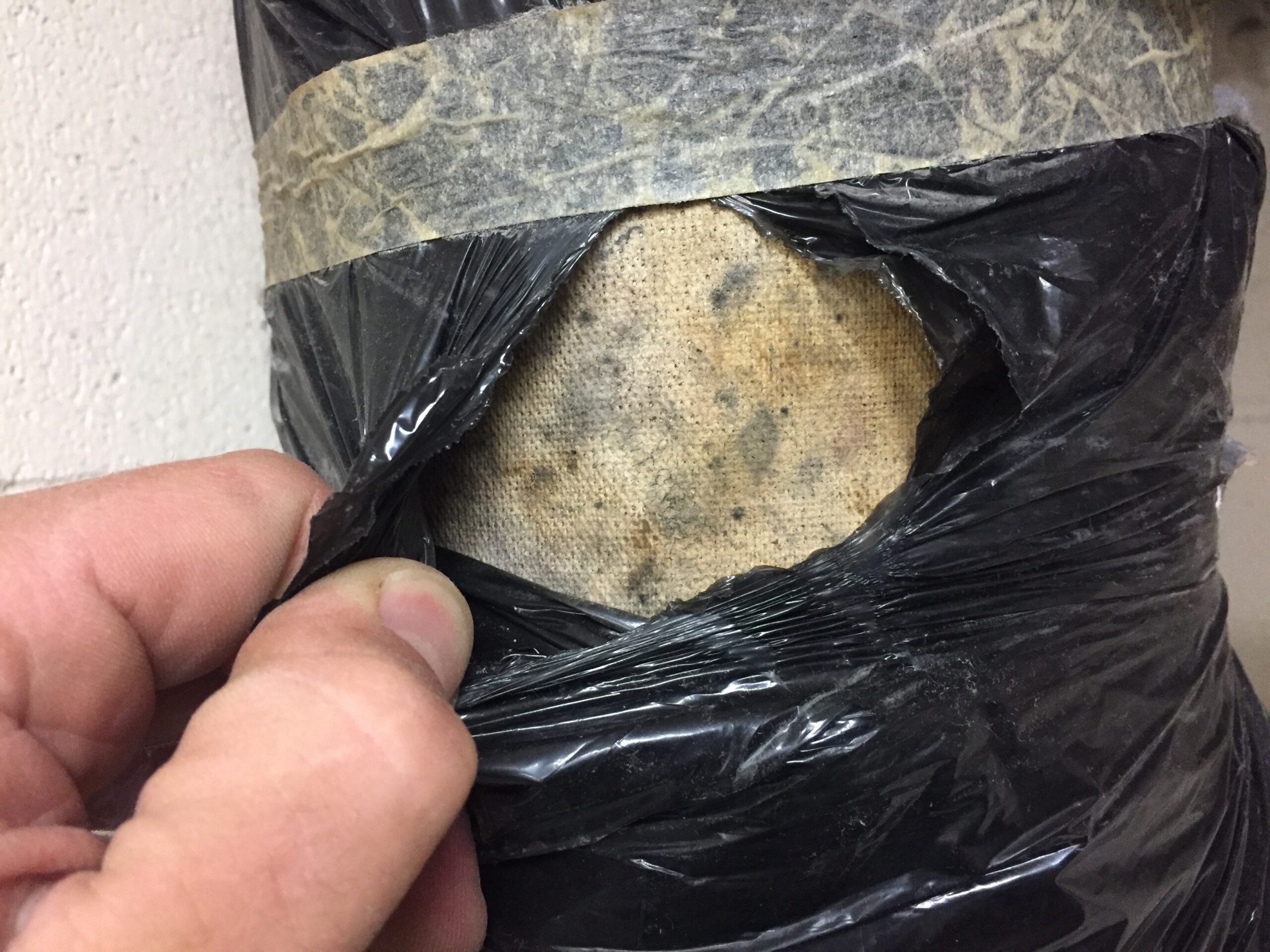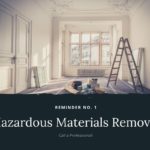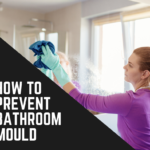Mould is everywhere and particularly loves moist environments making bathrooms, attics, kitchens and basements/crawlspaces a treasure trove for fungus. Scary to hear that and even scarier to realize that mould growth is not always visible to the naked eye. Regular cleaning (without bleach, but we’ll get into that later) and mould inspections are important to preventing damage to your health and building.
Where Does Mould Come From?
Many people think that it is caused by dampness. However, there are 14 different types of dampness according to the Building Research Establishment ranging through from rising damp, penetrating damp, bursts, leaks, floods, spillage, seepage, built in water, etc.
However, 80-85% of mould problems are attributed to one specific type of dampness – condensation – which is man-made dampness. Only 15-20% of mould problems arise from true damp.
[Mould Growth Consultants]
Where to Look for Mould?
The three major contributors to bathroom mould growth include high humidity, poor ventilation and deteriorating caulk. All three contribute to the build-up of excess moisture that facilitates mould growth. When you look through your bathroom, be sure to check mats, shower curtains, or any other porous material which can absorb moisture. In addition, mould loves to grow in caulking, grout, tiles, windows, doors, ceilings and essentially any surface in the mould haven otherwise known as your bathroom.
How to Prevent Mould
- Address ventilation issues
Train your team (personal or professional) to turn on that fan, that’s what it’s there for. Run it for a minimum of 10 minutes post-bathing and if possible leave the door slightly open to allow humidity to dissipate throughout the building. - Fix Leaks
Check all your connections regularly and don’t procrastinate on fixing any issues you find. - Regular Cleaning
While that seems like a straightforward suggestion, when is the last time you washed your bathmat? It’s just something that’s always there, and it’s always absorbing the most moisture. Clean your countertops, bathtubs, sinks, showers and counters to limit the mould growth. Use citrus based cleaners without bleach as it is like candy to mould. There is a common misconception that bleach will kill all mould but that it not the case – as long as a surface has microscopic pores, mould has a place to grow that even bleach cannot guarantee to clean! - Replace Curtains and Mats
As mentioned above, bathmats are like an all you can eat buffet for mould and need to be washed regularly. Shower curtains are another culprit as water can be trapped in the folds when closed. Should you notice any dark spots on the curtain or mat, replace – don’t repair. - Maintain Your Grout
Cracked or worn out grout is a great place for condensation and moisture to collect. Some recommend replacing grout every 6 months, but we know that’s not realistic. Clean it regularly and reapply the sealant every 6 months. If it’s cracked, that is the time to replace
If you notice signs of mould or the physical manifestations of it, be sure to hire a professional for mould testing and removal. Our Environmental team is here to help with inspection and remediations.

